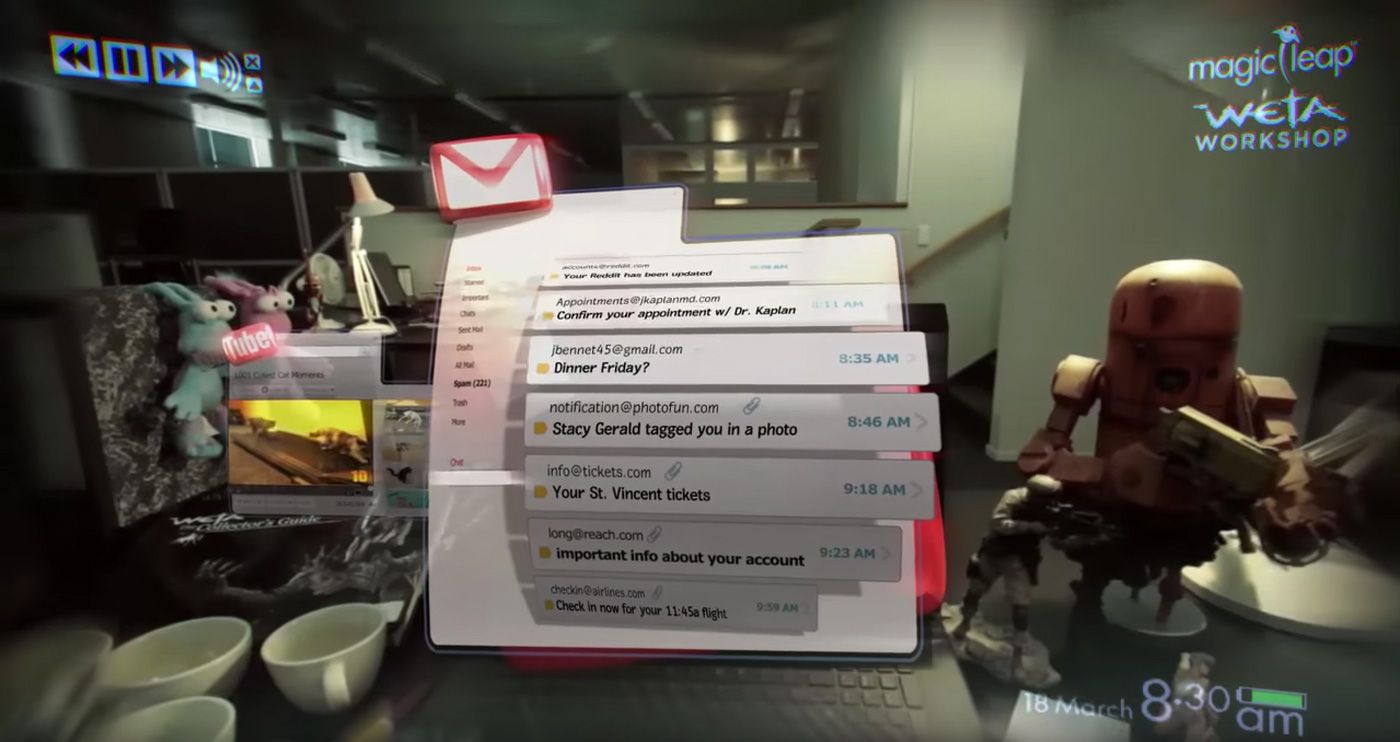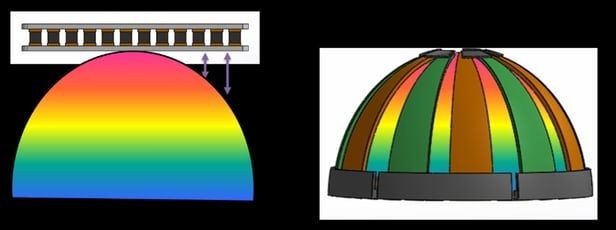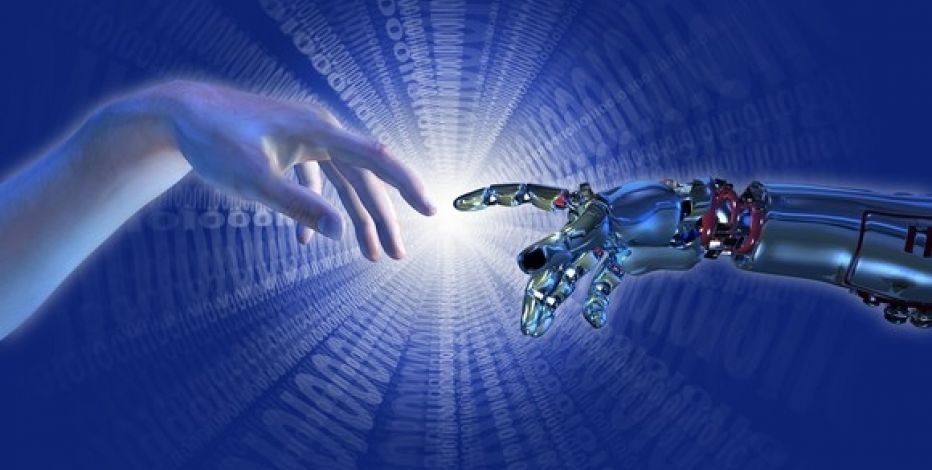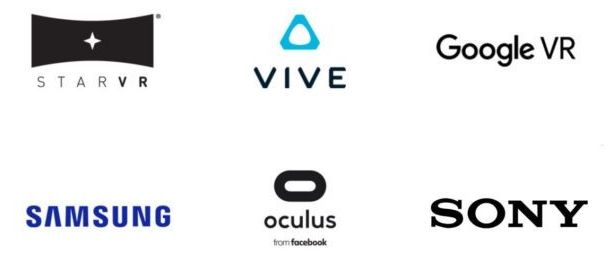Page 10632
Dec 11, 2016
Magic Leap’s amazing augmented reality looks too good to be true—and it might be
Posted by Elmar Arunov in category: augmented reality
The company’s demonstrations may have been impressive, but they also involved smoke and mirrors.
Dec 10, 2016
Thermoelectric paint generates electricity from almost any heat source
Posted by Shane Hinshaw in categories: materials, particle physics
Thermoelectric generators convert heat or cold to electricity (and vice-versa). Normally solid-state devices, they can be used in such things as power plants to convert waste heat into additional electrical power, or in small cooling systems that do not need compressors or liquid coolant. However the rigid construction of these devices generally limits their use to flat, even surfaces. In an effort to apply thermal generation capabilities to almost any shape, scientists at the Ulsan National Institute of Science and Technology (UNIST) in Korea claim to have created a thermoelectric coating that can be directly painted onto most surfaces.
Variously known as the Peltier, Seebeck, or Thomson effect, the thermoelectric effect is seen in semiconductor devices that create a voltage when a different temperature is present on each side or, when a voltage is applied to the device, it creates a temperature difference between the two sides. In this instance, the new paint created by the UNIST researchers is used specifically to heat a surface when a voltage is applied.
The specially-formulated inorganic thermoelectric paint was created using Bi2Te3 (bismuth telluride) and Sb2Te3 (antimony telluride) particles to create two types of semiconducting material. To test the resultant mixture, the researchers applied alternate p-type (positive) and n-type (negative) layers of the thermoelectric semiconductor paint on a metal dome with electrodes at the top and the base of the dome.
Dec 10, 2016
NASA and Stephen Hawking are working on a nano-starship that can travel 1/5th the speed of light
Posted by Karen Hurst in categories: nanotechnology, space travel
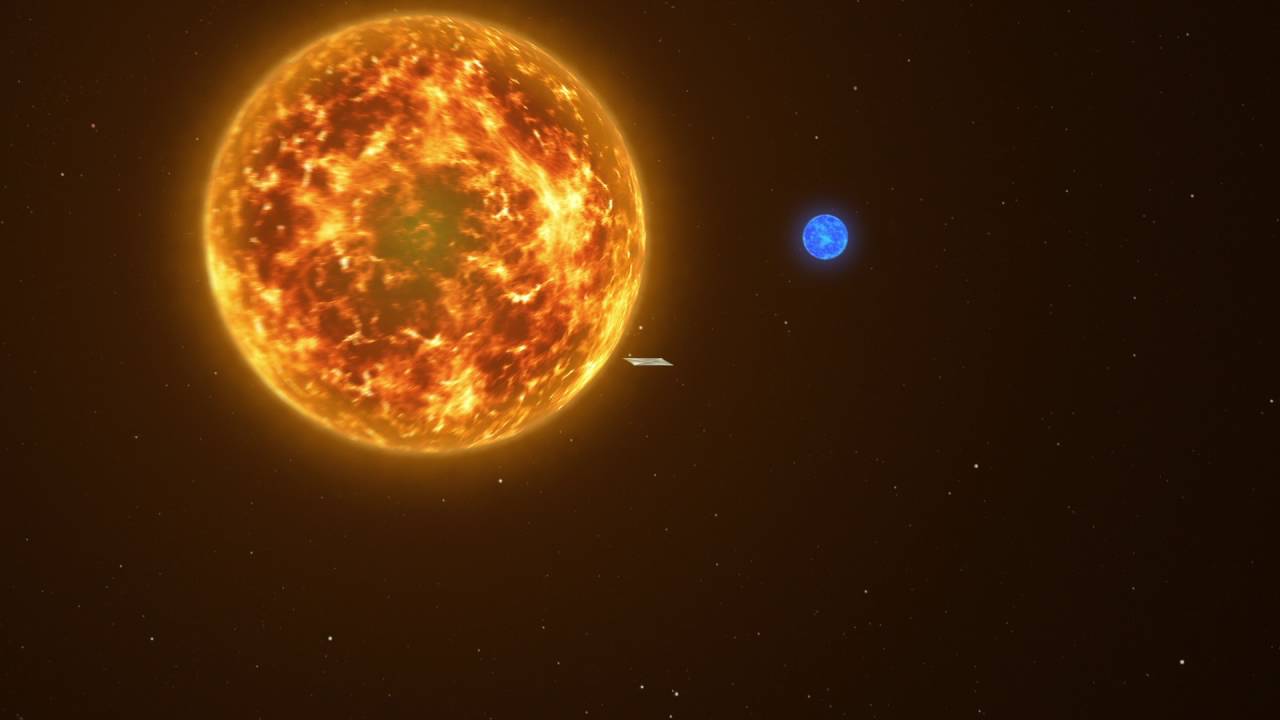
NASA researchers have joined forces with Stephen Hawking to build a nano-starship that can travel one-fifth the speed of light.
If successful, the ship, called “StarChip” could reach Earth’s closest star system, Alpha Centauri, in 20 years.
Dec 10, 2016
3D Printed Trees Harvest Energy From Sun, Wind, and Temperature
Posted by Karen Hurst in categories: 3D printing, energy
Dec 10, 2016
‘Cold Caps’ May Halt Breast Cancer Hair Loss
Posted by Karen Hurst in category: biotech/medical
This is a big deal to children and adults impacted by cancer and chemo.
Devices reduce blood flow to hair follicles during chemotherapy treatments.
Dec 10, 2016
9 Artificial Intelligence Stats That Will Blow You Away
Posted by Shane Hinshaw in category: robotics/AI
Artificial intelligence will have a significant and lasting impact on the ways we live and work.
Dec 10, 2016
Why artificial intelligence has not yet revolutionised healthcare
Posted by Karen Hurst in categories: business, robotics/AI
Artificial intelligence and machine learning are predicted to be part of the next industrial revolution and could help business and industry save billions of dollars by the next decade.
The tech giants Google, Facebook, Apple, IBM and others are applying artificial intelligence to all sorts of data.
Machine learning methods are being used in areas such as translating language almost in real time, and even to identify images of cats on the internet.
Continue reading “Why artificial intelligence has not yet revolutionised healthcare” »
Dec 10, 2016
Google, Sony And Oculus Unite To Establish VR Industry Standards
Posted by Karen Hurst in categories: business, education, virtual reality
Some of the biggest names in the business are teaming up to secure the future of virtual reality.
Google, Sony, Oculus, Samsung, Acer and HTC have combined their efforts in order to create a healthy and equal industry for virtual reality hardware and software to develop and expand. The result is the Global Virtual Reality Association, a nonprofit organization dedicated to promoting the growth of the virtual reality industry by providing educational resources, connecting developers with necessary resources and much more.
“The organization will foster dialogue between public and private stakeholders in VR around the world and make education and training material available to the public. Working groups will be organized around important topics for the industry, enabling us to produce relevant research and guidance. We will also host and participate in international discussions on important topics in VR to shape the public discussion on the technology. Ultimately, the group will develop best practices and share them openly.”
Dec 10, 2016
Transplanted interneurons can help reduce fear in mice
Posted by Karen Hurst in categories: biotech/medical, neuroscience
Wild.
The expression “once bitten, twice shy” is an illustration of how a bad experience can induce fear and caution. How to effectively reduce the memory of aversive events is a fundamental question in neuroscience. Scientists in China are reporting that by transplanting mouse embryonic interneurons into the brains of mice and combining that procedure with training to lessen fear, they can help to reduce the fear response. The study is being published December 8 in Neuron.
“Anxiety and fear-related disorders such as post-traumatic stress disorder [PTSD] cause great suffering and impose high costs to society,” says Yong-Chun Yu, a professor at the Institutes of Brain Science at Fudan University in Shanghai and the study’s senior author. “Pharmacological and behavioral treatments of PTSD can reduce symptoms, but many people tend to relapse. There’s a pressing need for new strategies to treat these refractory cases.”
Continue reading “Transplanted interneurons can help reduce fear in mice” »

